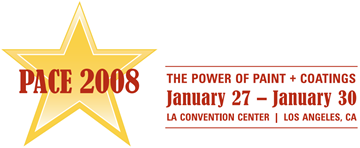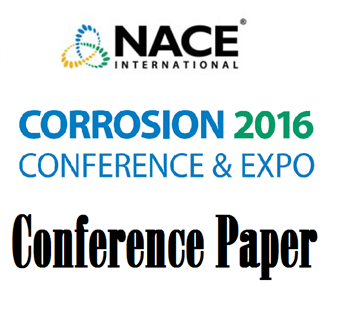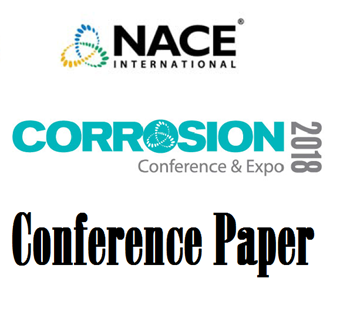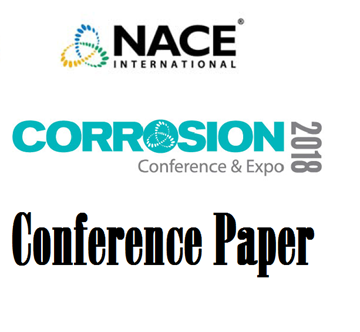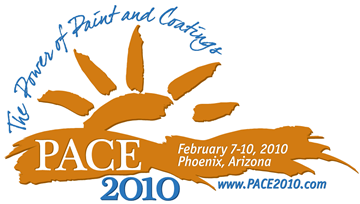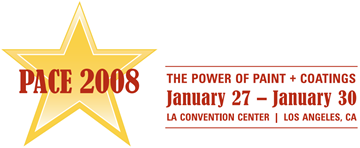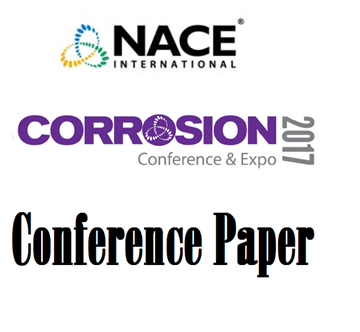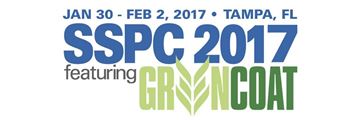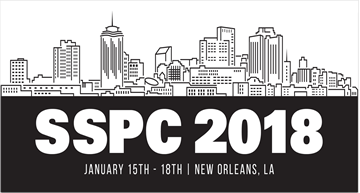Search
Products tagged with 'bridges'
View as
Sort by
Display
per page
02265 CARBON PAINT ANODE FOR REINFORCED CONCRETE BRIDGES IN COASTAL ENVIRONMENTS
Product Number:
51300-02265-SG
ISBN:
02265 2002 CP
Publication Date:
2002
$20.00
2-Component Polyurethane Topcoats - Formulating Variables Affecting Weathering Performance
Product Number:
41208-399-SG
Publication Date:
2008
$20.00
2-Component Polyurethane Topcoats - Formulating Variables Affecting Weathering Performance
Product Number:
41212-710-SG
Publication Date:
2012
$20.00
51316-7121-Corrosion Induced Bridge Tendon Failures Resulting from Deficient Grout: Part I – Model Development
Product Number:
51316-7121-SG
ISBN:
7121 2016 CP
Publication Date:
2016
$20.00
51318-10615-Galvanic Corrosion Risk Assessment of Bolt Materials in ASTM A1010 Steel Bridges
Product Number:
51318-10615-SG
Publication Date:
2018
$20.00
51318-10955-CP shielding effect on buried pipeline by complex bridge structure
Product Number:
51318-10955-SG
Publication Date:
2018
$20.00
A Study of the Robert F. Kennedy (Triborough) Bridges New York, New York
Product Number:
41210-568-SG
Publication Date:
2010
$20.00
Application of Protective Coating for Rehabilitation of Wisconsin Concrete Bridges
Product Number:
41208-415-SG
Publication Date:
2008
$20.00
Atmospheric Corrosion Resistance of Duplex Stainless Steels
Product Number:
51317--8880-SG
ISBN:
8880 2017 CP
Publication Date:
2017
$20.00
Bedeviled Bridges: An Answer to a National Scandal
Product Number:
51217-062-SG
Publication Date:
2017
$20.00
BRIDGES: A LOOK BACK Historic Studies in Cathodic Protection: The 1990s
Product Number:
37682-pdf
ISBN:
978-1-57590-439-9
$91.00

